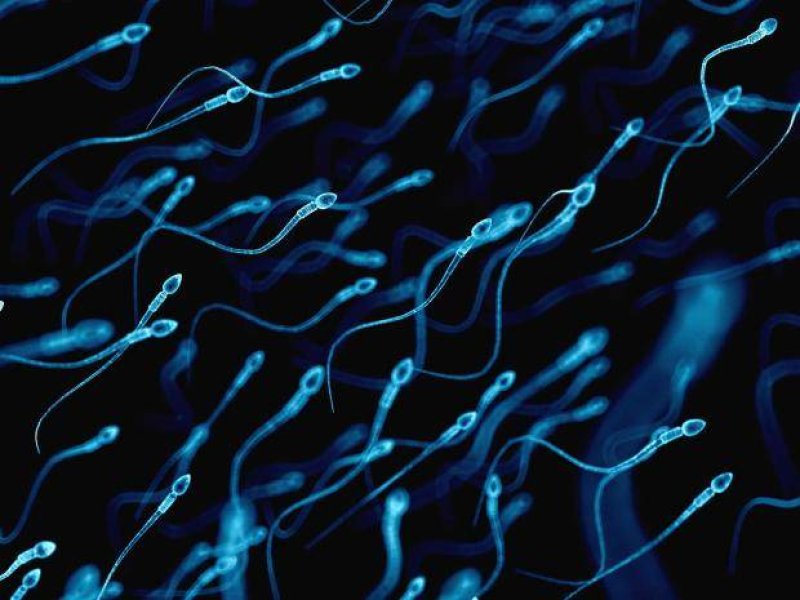In the 1990s, biologist Robin Baker put forth the idea that a significant proportion of human sperm are not actually capable of fertilization and instead only serve to block or attack sperm from rival males potentially present inside the female. These “kamikaze” sperm probably also exist in other primates as well as many other promiscuous animal species, he hypothesized.
…
[Further research] shut the door on the “kamikaze sperm” hypothesis in humans. It remains open in other species, however.…
There is one group of animals in which genuine sperm warfare might actually occur: Lepidoptera. Butterflies and moths make up this order of insects, and males of almost all known species contain two different types of sperm called eusperm and parasperm. Eusperm are at least 50 percent longer and contain a nucleus, while parasperm lack a nucleus, and thus contain no genetic information. The former is capable of fertilizing an egg, while the latter is not. So what is the function of parasperm?
…
[Researchers John] Swallow and [Gerald] Wilkinson found no consistent evidence from the published literature to clearly support a single hypothesis for the function of parasperm, but the “blocking” mechanism seemed to be the most likely.Unfortunately, research on the topic has been fairly scant for the past twenty years, so we haven’t learned much more on the matter of sperm combat.
Read full, original post: Do Sperm Battle Other Sperm?































